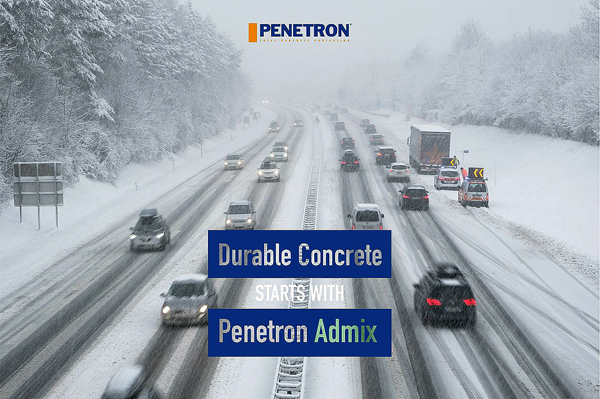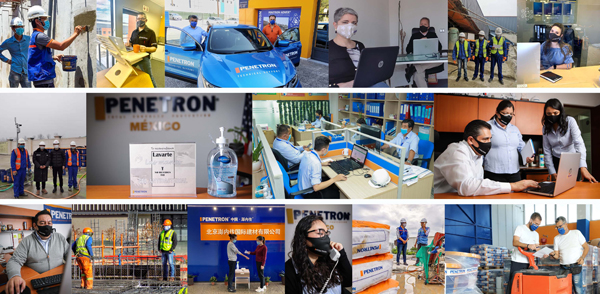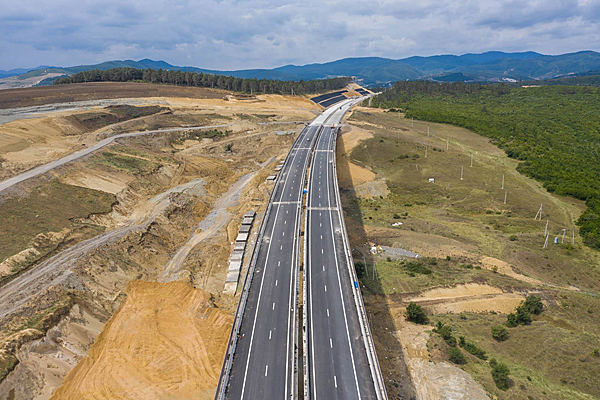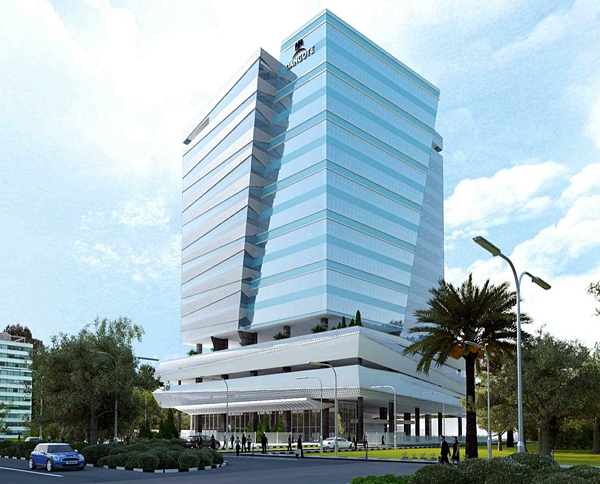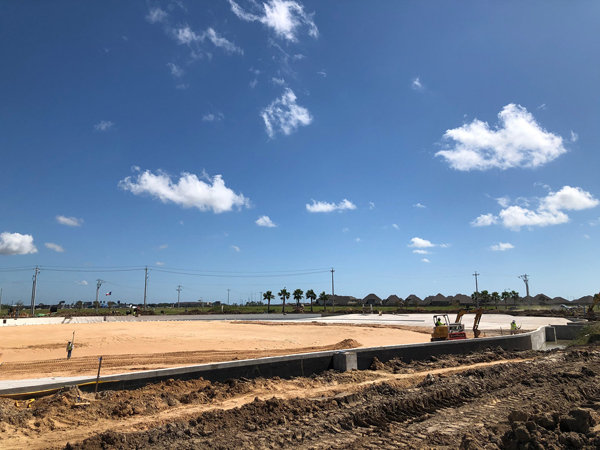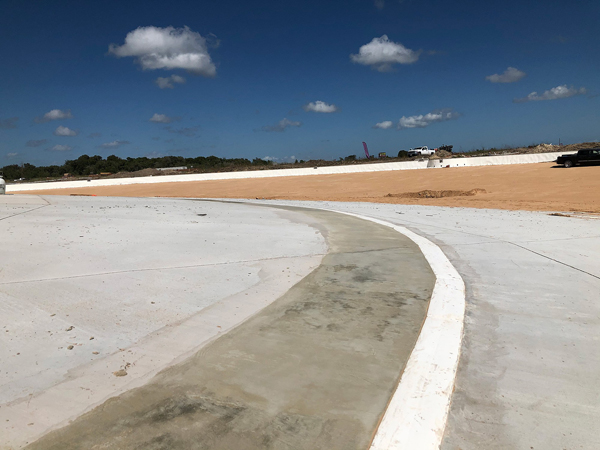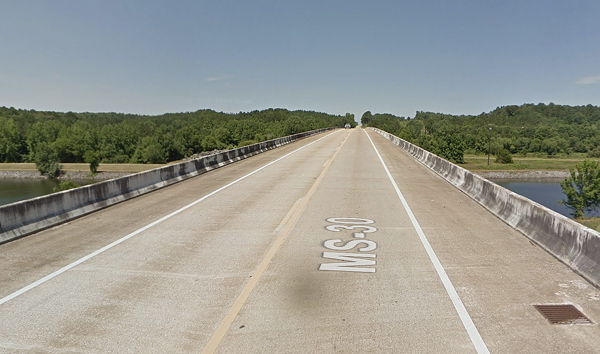Next level road concrete with PENETRON ADMIX
Roads and highways are a critical part of a country’s infrastructure – connecting towns and cities, enabling trade and social exchange and usually accommodating the majority of goods and passenger traffic. In short, roads are vital for continued economic growth and the development of any nation.
These facts underline the importance of building long-lasting and reliable road infrastructure with minimal disruption to serviceability.
Concrete is one of the world’s most versatile construction materials. For example, it is more durable than asphalt and exhibits a long service life. With an average lifespan of 30-50 years, concrete roads have twice to four times the service life of asphalt roads.
And even though concrete roads are about 20% more expensive to build, the total lifecycle cost of concrete roads compared to asphalt roads is usually about 20-25% cheaper.
Enhanced service life and reduced maintenance costs provide a powerful motivation for municipalities and governments to convert more roads to concrete roads in the future. Apart from the advantages of enhanced durability and low lifecycle cost, concrete roads provide additional benefits in regard to safety, availability and fuel consumption.
Concrete roads typically consist of a compacted subgrade (existing soil), if needed, a granular subbase, a base layer (lean concrete) and a surface layer made of pavement quality concrete. The surface is usually jointed, and the joints are typically reinforced with some form of rebar.
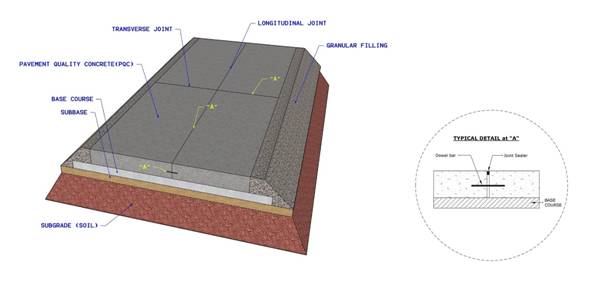
Typical concrete road construction (cross section)
While concrete roads usually have a longer service life compared to asphalt roads, it’s important to note that concrete is not immune to deterioration either. Microcracks, pores, and capillaries render concrete a permeable material. Water and waterborne contaminants can enter the concrete through these pores. If the concrete is not treated, this process will set in motion a variety of deterioration effects in the concrete that will directly affect concrete durability and service life.
For example, severe environmental conditions can cause cracking of concrete roads. Water penetrating the concrete matrix speeds up the deterioration of concrete road surfaces. Roads in freezing conditions are exposed to spalling and scaling of the concrete surface, exposing the aggregates and resulting in parts of the concrete simply breaking off. In addition, untreated, permeable concrete allows road salts and other deicing chemicals to enter and accelerate the deterioration process by attacking any embedded reinforcement steel. Finally, concrete roads in maritime environments are exposed to chloride penetration. Chlorides enter concrete in an aqueous solution and lower the pH/alkalinity of concrete. Once a certain chloride threshold around the steel reinforcement is reached, the passivation of the steel is affected, and corrosion will begin. Corroding steel expands in volume, exerts internal pressure on the concrete and results in cracking.
Due to these and other factors, the durability of concrete roads can be significantly increased by making concrete impermeable and preventing water from penetrating the surface course.
PENETRON ADMIX enhances the durability of conventional concrete and road concrete on many levels. Adding Penetron’s durability admixture to road concrete directly addresses the main deterioration issues of conventional road surfaces and enhances performance in regard to:
- Increased compressive strength
- Increased tensile strength
- Significantly reduced permeability
- Reduced chloride penetration
In addition, the distinctive self-healing properties of PENETRON ADMIX actively support durability and extend service life. The permanent self-healing of new cracks prevents the entry of water and maintains a completely impermeable concrete matrix; this can extend the service life of concrete by 60 years or more in critical environments.
This makes PENETRON ADMIX the number one contender for effectively future-proofing critical road infrastructure around the globe – enhancing service life, reducing operating costs and keeping traffic flowing.
Read the full article here.




